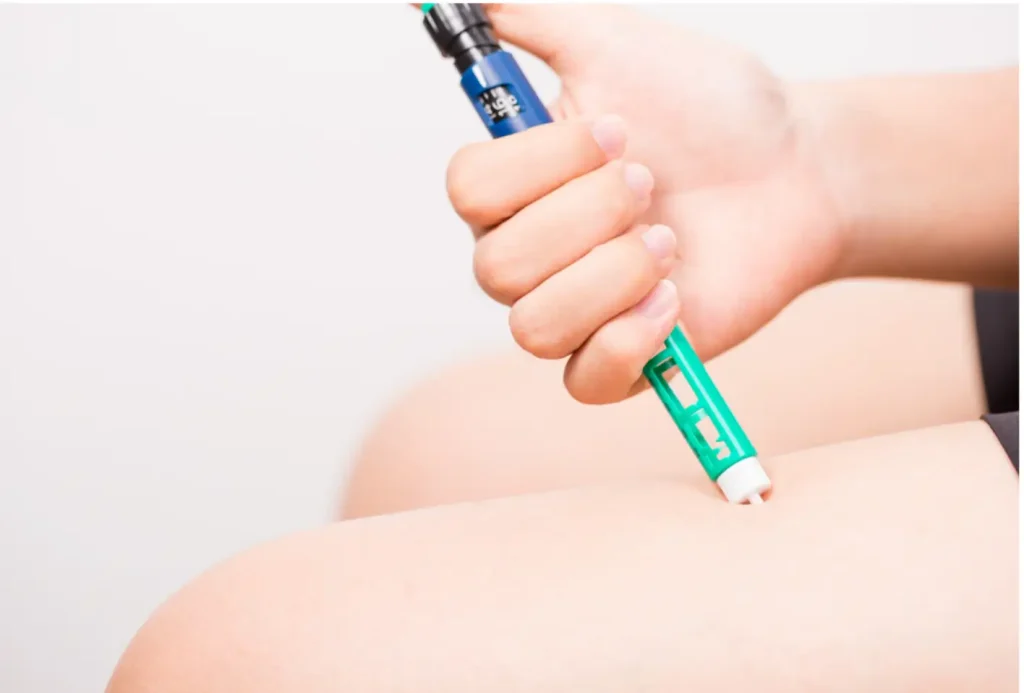Cosmetic fillers are biocompatible implants that aim to improve the beauty and health of adult skin. These gels can be designed to eliminate wrinkles, folds and creases, add more volume, filling sunken cheeks, subtly alter the facial structure, or even revive the youthful glow. In contrast to surgical procedures, cosmetic fillers are quick and convenient, as they are a matter of performing intradermal injections in the span of 15 to 60 minutes. Unsurprisingly, there is has been a noticeable rise in cosmetic filler usage in the last 10 years.
For doctors and patients alike, there are many dermal filler products to choose from. Each of them may share similar traits, whereas some of them may utilize unique ingredients. The majority of these dermal fillers use hyaluronic acid (HA); Juvederm is a brand of these types of dermal fillers. Other brands like Bellafill uses a unique ingredient that successfully prolongs improved skin complexion for up to five years. Let’s have a look at the comparison between these two product brands and see what makes each of them exceptional.
Similarities between Juvederm and Bellafill
Bellafill can be used to correct the presence of wrinkles and reduce marked dermal imperfections, such as acne scars, on adults; certain Juvederm products can also be used for this purpose. Bellafill and certain Juvederm products can treat prominent wrinkles and lines, including nasolabial folds, marionette lines, forehead lines, folds between eyebrows, canthal lines on the corner of the eyes, and lines on other facial areas.
Certain Juvederm products can be used for increasing volume in the lips or nose, while others can be used for recontouring the chin or cheeks. Doctors use Bellafill for these same treatments, but these treatments are considered off-label uses.
Patients do not need to worry about pain, as Bellafill and some Juvederm fillers are mixed with 0.3% lidocaine, a local anesthetic. Areas treated with lidocaine become numb, and this improves patient comfort in the injection process.
Key differences between Juvederm and Bellafill
Beyond the indications and target areas, these two product brands largely differ from one another. For starters, Bellafill is known to last for five years, if not longer, making it more permanent than Juvederm’s temporary fillers, which generally last around one to two years. However, as a brand, Juvederm is more widely used compared to Bellafill.
Hyaluronic acid vs PMMA microspheres
Hyaluronic acid is a sugar molecule that is originally native and abundant in the human body. It has a high binding affinity to moisture molecules and can attract such moisture molecules at a rate of 1,000 times its own weight. This hydration helps to mobilize the fibroblastic activity that forms collagen. Gradually, the concentration of HA deteriorates due to the aging process and other environmental factors; this deterioration of HA concentration can lead to the formation of wrinkles, rough dermal texture, and a dull skin complexion. Juvederm restores the HA content to revive and rejuvenate the skin to restore it to its youthful state.
Bellafill is an FDA-approved injectable that contains 10–20% of biodegradable, artificial, and uniform polymethylmethacrylate (PMMA) microspheres. In the suspension, there is also 3.5% bovine-sourced collagen, and this collagen provides immediate lift and firmness to the treated skin for the first six to eight months. After the bovine collagen degenerates with time, the PMMA microspheres begin to stimulate the formation of natural collagen in the body, creating a rigid scaffold that supports the skin structure.
Temporary vs permanent filler
Bellafill has been touted as a “permanent” filler. The PMMA microspheres in Bellafill interact with the extracellular matrix by encouraging neocollagenesis. With the presence of new natural collagen in the dermis, the skin is smoothened while volume is maintaining the volume, making said skin plump and firm. In a clinical trial, 83% of participants using Bellafill expressed satisfaction with the subtle and optimal lift it provided for the skin after the use of only two or less than eight syringes of the product.
Juvederm fillers having transient effects is a given fact, but it doesn’t render their results any less impressive. The HA being used to formulate these fillers is cross-linked by either Hylacross or Vycross Technology; both of these have the ability to prolong the duration of hyaluronic acid chains in Juvederm fillers. Juvederm products are famous for their results in hydrating the skin, and the additional volume they provide irons out markedly visible dermal imperfections, by maintaining the elasticity of the skin, preventing it from sagging.
For first-time users of dermal fillers, Juvederm products can be used to assess the changes that occur with a dermal filler treatment. However, to achieve the optimal results of the fillers in this brand, multiple treatments are required.
Biocompatibility and reversibility
Another key factor to look into is how safe Belotero, Bellafill and Juvederm products are in the human body. The HA in Juvederm fillers is of a non-animal origin, as the acid molecules are derived from the biofermentation of Streptococci bacteria; the biofermentation of Streptococci bacteria also helps to remove any animal traces or foreign particles deemed damaging to the skin from Juvederm’s fillers. As the HA in Juvederm fillers shares a similar composition to the human body’s HA, patients may experience less complications in terms of immunological reactions.
For Bellafill, patients may be comforted to know that the PMMA used is similar to the PMMA used in the majority of plates and sutures used in surgical implants. However, the bovine collagen that provides the initial six-month lift may provoke allergic reactions. Therefore, patients are recommended to take an allergy test on their arm at least four weeks prior to treatment with Bellafill.
Another advantage of Juvederm fillers is that, unlike Bellafill, they are reversible via hyaluronidase injections. This enzyme helps to degrade any HA build-up or lumps. Therefore, in cases of unmet expectations, patients can request a hyaluronidase injection. For Bellafill users, they have to seek a surgical intervention to remove the PMMA or the layer of new collagen in the skin.
Conclusion
Patients who wish to have a long-lasting solution may opt for Bellafill. Many doctors and dermatologists recommend applying a temporary filler, such as Juvederm, as part of a probation period before using into a more permanent filler, such as Bellafill. With the former treatment, both patients and doctors can evaluate the look and feel of a filler treatment. In turn, the knowledge gleaned from an impermanent treatment can be used to design a more efficacious and satisfying treatment template for a permanent filler like Bellafill.





















